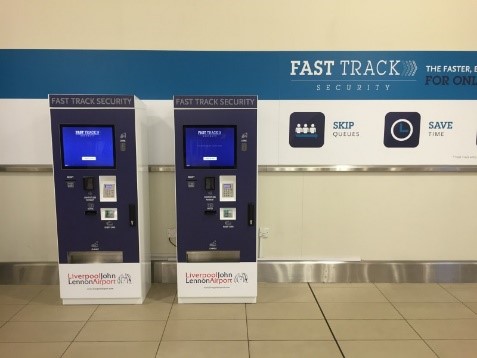Self-service payment kiosks are growing in popularity with customers. Research suggests that the majority of people prefer to use self-service kiosks over human-based transactions and large businesses that are adopting this technology are reporting operational cost savings of millions of pounds each year.
Payment kiosks take many different forms from the traditional cash, to the modern Apple Pay and even Bitcoin in some instances. POS transactions are popular and many sectors, including retail, are trying hard to adapt to the changing climate. One of the biggest challenges retailers face is whether or not to keep the kiosks attended or unattended; in this article we explore the benefits and drawbacks of both approaches.
Attended Payment Kiosks- Benefits and Drawbacks
In brief, attended payment refers to any payment made wherein a staff member activates the transaction either by scanning barcodes or inputting prices to a till. Generally speaking, the staff member will total the price of the goods and process a cash or card payment but there are issues with this approach.
Some customers value the personal touch but from a pure business perspective, the risk of human error can’t be ignored; it’s a fact that some customers may be charged incorrectly or provided with too much change and this could mean books don’t balance. Similarly, if a staff member has too much money in their till come the end of a shift questions must be asked.
The reliance on a human staff member is the biggest drawback and it’s also worth noting that staff and training costs can be considerable so it’s worth exploring more cost-effective solutions.

Unattended Payment Kiosks- Benefits and Drawbacks
Unattended payment kiosks do not require staff interaction, for the most part, and can process transactions independently. Customers take responsibility for activating the transaction by processing their own goods and payments- making for an efficient system that moves at the customer’s pace, rather than the staff’s.
There are a few examples when a staff member may have to intervene, such as during the sale of age-restricted items, but this type of task will not burden workers significantly.
In retail environments these kiosks are also capable of boosting sales. Loyalty card kiosks allow shoppers to engage in promotions and make purchases online. Fast track payment improves the quality of service in all areas, keeping customers happy and encouraging them to return.